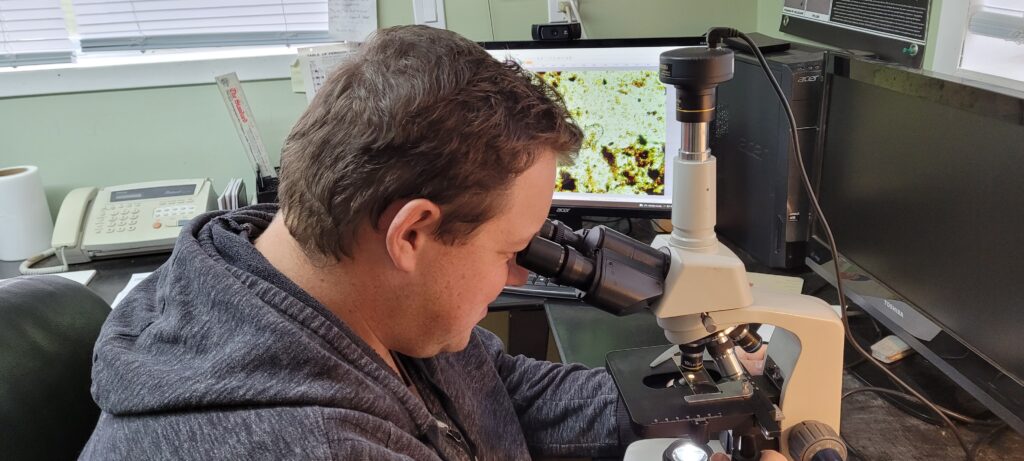The journey of understanding soil health and plant nutrition has been a long and winding one, with many key players making important contributions along the way. One of the earliest pioneers in this field was Justus von Liebig, a German chemist who, in the mid-19th century, developed the theory of mineral nutrition, which held that plants derived all their nutritional needs from mineral elements in the soil. This theory was widely adopted by the agricultural industry, and is still used in many forms today.
However, as time went on, it became clear that there was more to plant nutrition than just mineral elements. In the early 20th century, British agricultural researcher Albert Howard began to argue that soil health was directly correlated to the use of fertilizers, and that the decline in soil health was leading to a decline in plant, animal and human health. Howard’s work was a major influence on the development of the organic farming movement, which sought to return to more natural methods of farming.
Another key figure in the history of soil health and plant nutrition was American agronomist William Albrecht, who wrote extensively about the relationship between soil health and plant health, and argued that the use of chemical fertilizers was leading to a decline in soil health. Albrecht’s work was also a major influence on the development of regenerative agriculture, which emphasizes the importance of building a healthy soil ecosystem in order to produce healthy plants.
More recently, microbiologist Elaine Ingham has made important contributions to our understanding of the role of microorganisms in soil health and plant nutrition. Ingham has demonstrated that healthy soils are teeming with a diverse community of microorganisms, and that these microorganisms play a critical role in the health and productivity of plants.
As a land management specialist, you have been able to take all these theories and observations, and apply them in a way that benefits farmers, consumers, and the environment alike. By using regenerative agriculture practices, you have been able to improve soil health, increase plant diversity, and store more carbon in the soil. You have shown that by working with nature, instead of against it, we can achieve better results and mitigate climate change.
The history of soil health and plant nutrition is a fascinating one, filled with adventure, intrigue, and unexpected twists and turns. The contributions of Justus von Liebig, Albert Howard, William Albrecht, Elaine Ingham and yourself, have all been crucial in shaping our understanding of how to grow healthy plants, and create a sustainable food system. It’s a story that is far from over, and one that will continue to evolve as new discoveries and technologies emerge.
